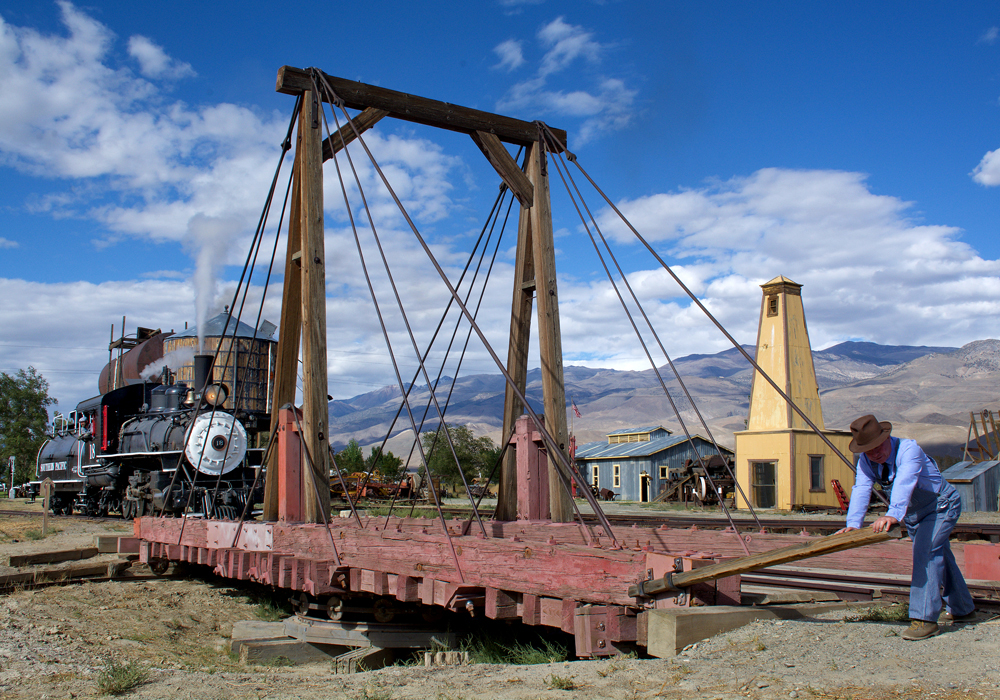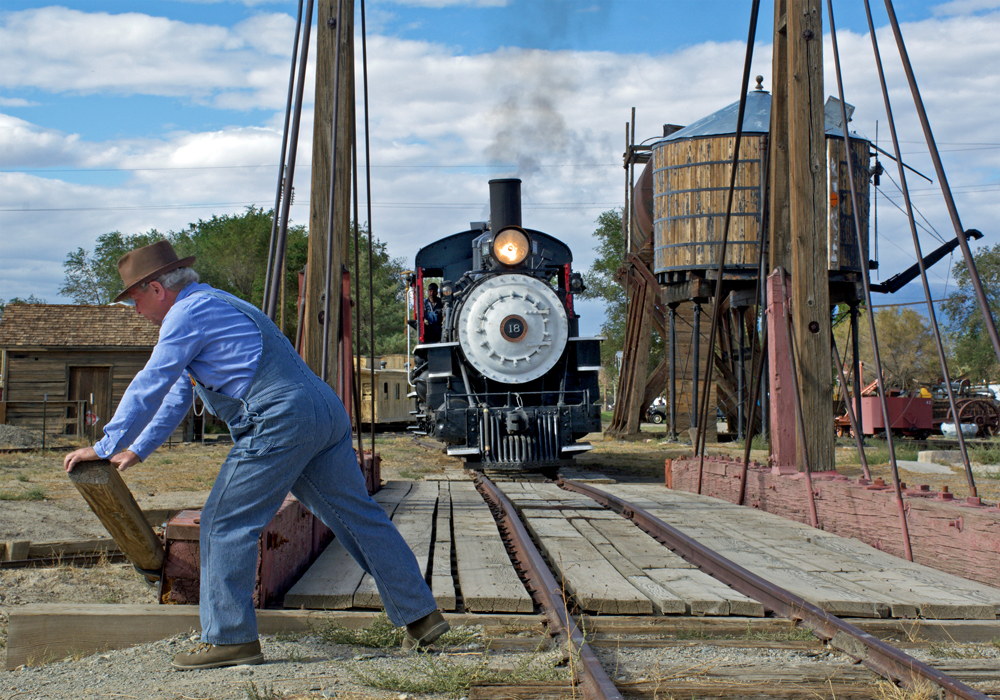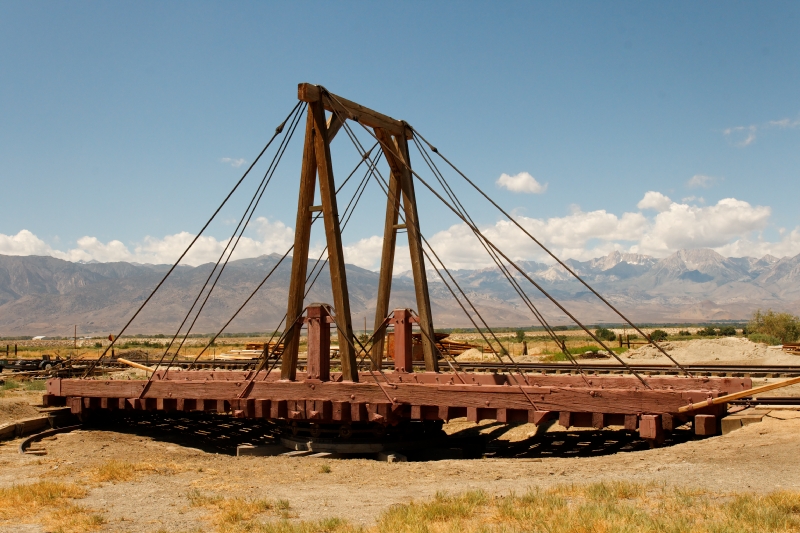I need HELP!
Quite awhile back I set aside some spaces on my new double-deck layout plan to have some logging scenes.
I labeled them Logging Tracks & Logging Interchange
Even though both of these 'scenes' are interconnected, they both require individual design attention:
a) to the logging trains that gather up the downed trees and deliver them to the lumber mill,
b) the mill itself,
c) and finally placement of finished product on mainline cars for retail distribution.


On this upper level I am proposing to put some logging tracks and trains running out the peninsula to its tip. There might be a very tight loop at the free end of the peninsula for the short logging locos to run. Or it might be just a back and forth operation for them. They will bring logs back to the saw mill scene at the trunk end of the peninsula (logging interchange). I have the whole Walthers saw mill kit(s) and would like to make this scene some sort of transfer of logs to cut/finished product that would be loaded onto mainline log cars and center-beam loaded cars, and a number of other wood carrying cars
At that point I let myself get stalled out thinking of details about this logging scene, and I went onto more pressing matters to getting some lower plywood decks cut out, and tracks laid in my helix, etc, etc. Now I am at a point where I want to finish up cutting out the deck plates for the upper level,...BUT I need to define what I intend to do about this whole logging area. I need some ideas, hopefully from folks interested in logging subjects.
Quite awhile back I set aside some spaces on my new double-deck layout plan to have some logging scenes.
I labeled them Logging Tracks & Logging Interchange
Even though both of these 'scenes' are interconnected, they both require individual design attention:
a) to the logging trains that gather up the downed trees and deliver them to the lumber mill,
b) the mill itself,
c) and finally placement of finished product on mainline cars for retail distribution.


On this upper level I am proposing to put some logging tracks and trains running out the peninsula to its tip. There might be a very tight loop at the free end of the peninsula for the short logging locos to run. Or it might be just a back and forth operation for them. They will bring logs back to the saw mill scene at the trunk end of the peninsula (logging interchange). I have the whole Walthers saw mill kit(s) and would like to make this scene some sort of transfer of logs to cut/finished product that would be loaded onto mainline log cars and center-beam loaded cars, and a number of other wood carrying cars
At that point I let myself get stalled out thinking of details about this logging scene, and I went onto more pressing matters to getting some lower plywood decks cut out, and tracks laid in my helix, etc, etc. Now I am at a point where I want to finish up cutting out the deck plates for the upper level,...BUT I need to define what I intend to do about this whole logging area. I need some ideas, hopefully from folks interested in logging subjects.














